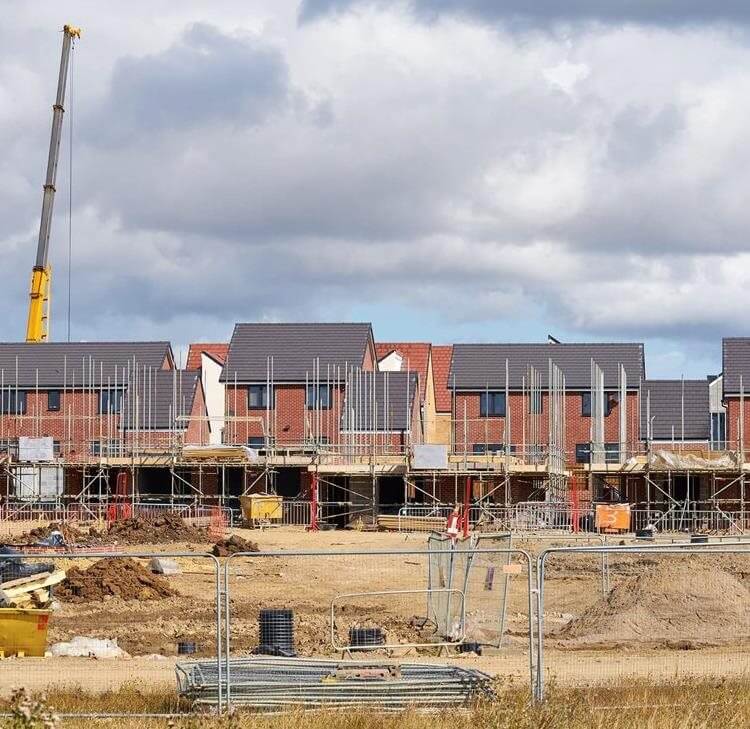Wigan v Scullindale – local authority break rights in long development leases
The High Court has recently declared that a landlord’s break right in a long lease – expressed as being exercisable ‘at any time’ following a tenant default – had been validly exercised, even though the default in question had occurred 16 months prior to the break notice being served.
This article is taken from May's public matters newsletter. Click here to view more articles from this issue.
The High Court has recently declared that a landlord’s break right in a long lease – expressed as being exercisable ‘at any time’ following a tenant default – had been validly exercised, even though the default in question had occurred 16 months prior to the break notice being served.
The Court’s decision in Wigan Borough Council v Scullindale Global Ltd and others [2021] EWHC 779 (Ch) reinforces the importance of ensuring that break clauses in leases – particularly those triggered by party default or non-satisfaction of conditions – are drafted clearly and operate in a way that both parties have agreed, with as little room for ambiguity as possible. Our summary of the key points of the decision is below, together with some practical considerations for landlords and tenants alike to keep in mind in light of it.
Facts
Wigan Borough Council own the freehold of Haigh Hall, a Grade II listed stately home in Wigan. The Council granted a long lease of Haigh Hall and part of its surrounding area (the ‘Property’) to Scullindale Global Ltd for a term of 199 years from 23 May 2016.
The lease required Scullindale to redevelop and refurbish the Property into a 4-star hotel and wedding venue within two years of the grant of the lease (i.e. by 23 May 2018). The requisite planning permission for the development had been obtained prior to the grant of the lease, with several planning conditions attached. Failure to complete the development in accordance with the planning permission by 23 May 2018 would constitute an ‘Event of Default’ under the lease and would permit the Council to terminate the lease ‘at any time’ on giving two months’ notice.
Scullindale did not fully complete the development of the Property by the 23 May 2018 deadline, thus giving rise to an Event of Default. The Council did not serve a break notice in response until 16 September 2019, with termination to take effect on 22 November 2019.
Scullindale contested the service of the break notice and remained in occupation of the Property post 22 November 2019. They argued that:
- the development had been completed as the lease did not prescribe a set number of bedrooms or facilities that had to be completed and that, by the time the break notice was served, the Property was already operational as a hotel; and
- as a matter of construction, the lease required (by implication) that the Council exercise their break notice within a reasonable period of time of the Event of Default occurring - and that the 16 month lapse of time in this case was unreasonable.
The Decision
There were two key questions for the Court to determine:
- Had Scullindale’s development of the Property been ‘completed’ as required by the lease?
- Had the Council’s delay in serving the break notice following the Event of Default invalidated that notice?
The Court decided that it had not been completed.
Although the lease itself did not define the completed development (with details of room numbers etc), it did require Scullindale to complete the scheme ‘in accordance with the planning permission’ granted for it. The relevant planning permission approved a 30-bedroom hotel, with a rooftop ceremony room accessed by an internal staircase as an extension to the existing staircase. The Court held that this was the completion standard that Scullindale needed to satisfy by 23 May 2018.
Notwithstanding that the hotel was operational by the date of service of the Council’s break notice, the Court decided that as Scullindale had not actually fully completed the works itemised in the planning permission,. This gave rise to an Event of Default entitling the Council to terminate.
Judge Hodge QC pointed to another provision of the lease which required Scullindale to "...proceed diligently with the Works and carry on and complete the Development in a good and workmanlike manner". This was further deemed to oblige Scullindale to comply with any building regulations and listed building requirements for the scheme.
The Court’s answer was ‘no’.
The Council could not be estopped from exercising its break right, or deemed to have waived it, due to the 16 month delay between the Event of Default and date of exercise. The exercisability of the break ‘at any time’ was clear and unambiguous – the Council had never communicated to Scullindale that it would not terminate following an Event of Default.
The Court did not consider it appropriate to construe the phrase ‘at any time’ as meaning ‘at any reasonable time’ because to do so would contradict the express terms of the lease and create uncertainty where there was none previously.
Nevertheless, the conduct of the parties after the Event of Default was a relevant factor for the Court to consider because it indicated how the parties perceived the clause to operate in reality.
After 23 May 2018, both parties had proceeded on the basis that the Council could only validly serve the break notice “at any time” whilst an Event of Default persisted. The Court was therefore prepared to imply a temporal limitation to the break clause i.e. notice could be served ‘at any time whilst an Event of Default persists’ – which was still the case on 16 September 2019.
The Court concluded that the Council was entitled to terminate the lease and had validly done so.
Considerations
This is a helpful case for local authority landlords entering into long leases with developers, but in light of this decision you can almost certainly expect tenants to push back and seek more control over the circumstances in which a landlord will have the ability to bring their long lease to an end.
It is of course ideal for the lease drafting to reflect the intentions of both parties as clearly as possible in the first place. This includes the terms of any break clauses – triggers, conditions and timings for their exercise – as well as the other lease terms that they interact with (for example, longstop dates for the satisfaction of conditions, and defined default scenarios).
Despite the High Court’s decision to reject the tenant’s proposed implication of a ‘reasonableness’ term into the break clause in Wigan v Scullindale, it was prepared to imply the temporal limitation mentioned above on the basis of the parties’ conduct. So, to avoid a Court implying terms that you never intended to include in your lease, the onus is on both parties to ensure that the drafting is correct from the outset.
Scullindale had a protected tenancy for the purposes of the Landlord and Tenant Act 1954, and the issue of section 25 notices wasn’t considered in the High Court’s decision. We would still flag that it is always sensible to give some thought, when granting long leases, to the potential risks to a landlord in not excluding the provisions of the 1954 Act.
Here is a link to the High Court’s decision.
In addition to the above, it includes interesting decisions on the valuation of the asset on termination of the lease (as the Council was required to make a capital payment to Scullindale in these circumstances) as well as the Council’s claim for mesne profits.
Contact

Ayesha Khalique
Senior Associate
ayesha.khalique@brownejacobson.com
+44 (0)330 045 2210








































